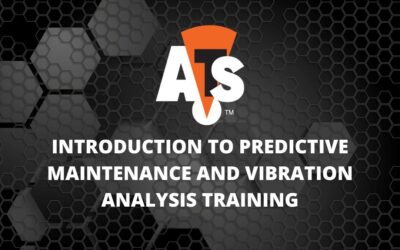As the great philosopher, Kermit the Frog, once sang, “It’s not easy being green.” Although the song wasn’t about condition monitoring, environmental issues, or saving the planet, the tagline certainly fits.
Our whole society is dependent on hydrocarbons, both as raw materials for beneficial products and as fuel for the power generation and transportation systems needed to support both industry and everyday life. We owe it to ourselves and future generations to conserve our hydrocarbon resources and use them wisely and not wastefully. Condition monitoring has a critical role to play and can help us sustain and save the planet by identifying correctable waste so that it can be eliminated. Remember that condition monitoring is much more than just vibration, lubricant, and motor current signature analysis on rotating machinery.
Eliminating hydrocarbons completely is a great, lofty goal, but one that will take multiple lifetimes to accomplish, if ever. So between now and then, we need to focus on those things that we can control in order to save the planet, reduce our carbon footprint and achieve significant cost savings at the same time. Industry will not be able to move away from hydrocarbon usage overnight. But there are things that we can do to identify, reduce and hopefully eliminate wasteful emissions that do nothing but increase costs and add to the greenhouse gas load in the atmosphere.
ATS Helps Reduce Energy Costs and Greenhouse Emissions
The two most wasteful, yet easily correctable things that happen in most facilities are steam and compressed air leaks. ATS has the technology and expertise to help identify and quantify steam and air leaks in terms of both cost and environmental impact. Each will be addressed below individually.
Finding and Fixing Steam Leaks
Failed steam traps, leaking isolation and check valves, and leaking pressure relief valves are the major culprits when it comes to wasteful spending on fuel for producing steam. Every pound of steam lost is a pound that has to be replaced, thus resulting in spending more than twice as much on fuel and producing more than twice as much greenhouse gas emissions as is truly necessary. In most cases, the cost of a steam loss survey more than pays for itself within the first 2 months after repairs have been made. But unlike many things in life, once is not forever!
An internet search for steam trap functional lifespan, for example, shows that the average steam trap needs to be repaired or replaced approximately every 5 years. Thus, regular steam trap condition monitoring, with ATS, yields fuel cost and greenhouse emission reduction benefits over the long term.
ATS reports provide steam loss data in terms of the total amount of steam lost, the total energy required to replace that steam, and the total amount of greenhouse gas emissions that result from producing the steam to replace that being lost.
Finding and Fixing Compressed Air Leaks
Compressed air leaks are another easily correctable loss with the potential to save on power costs and reduce greenhouse gas emissions. ATS air leak monitoring programs quantify the losses found and convert the loss quantity into the amount of power required to replace the lost air. Knowing the power and the fuel source, eliminating the leaks can be directly related to carbon footprint reduction, even though the reduction may not necessarily be within your fence. You can still take credit for it and your wasted energy cost will be reduced. An added benefit is less overall utilization of your air compressors and thus increasing their lifespan.
Conclusion
Your business can benefit from condition monitoring for steam and air leaks even if you do not produce your own power or steam and buy them from your local utility. You buy less, saving money, and can take credit for helping sustain and save the planet! Until your business is ready for the capital investment needed to completely eliminate hydrocarbons from your processes (if that is even possible), reach out to ATS to help reduce and eliminate wasteful costs and emissions. Spend your money to support real cost savings and environmental improvement rather than on creating greenwashing marketing slogans and campaigns. Your stakeholders, Customers, and the planet will thank you.






0 Comments